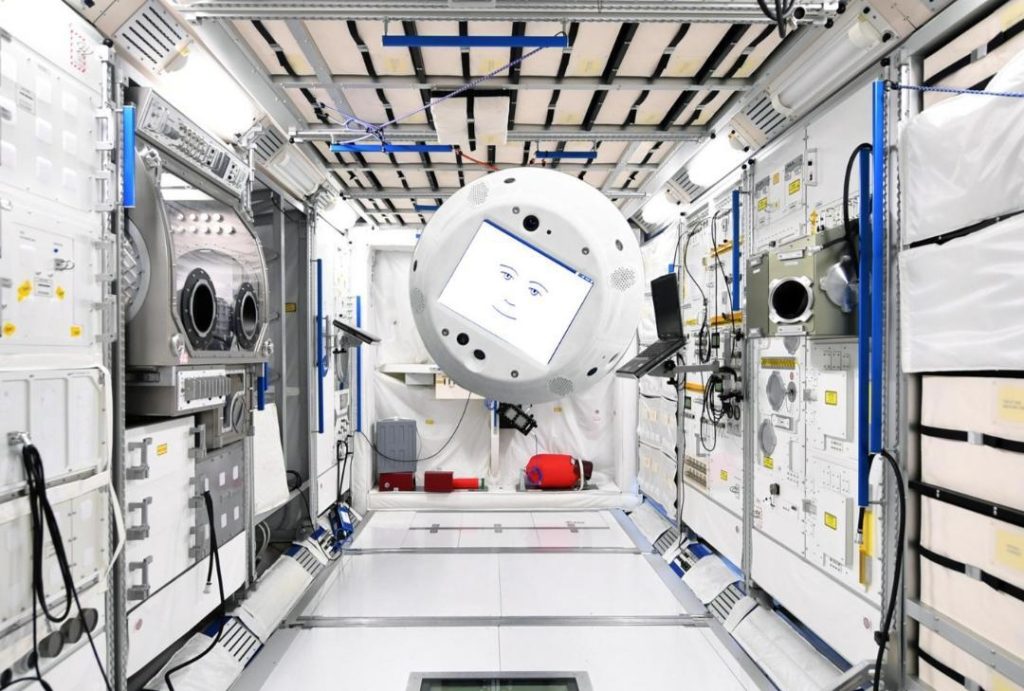
What is Project Cimon, the AI robot being tested aboard the Space Station?
As we continue to push the boundaries of space exploration, it’s fascinating to see the innovative technologies being developed to support our astronauts on long-duration missions. One such example is Project Cimon, an artificial intelligence-powered robot designed to assist crews on the International Space Station (ISS) and potentially on future missions to the Moon and Mars.
What is Project Cimon?
Project Cimon, short for Crew Interactive Mobile Companion, is an AI-powered robot that is being tested aboard the ISS. Designed to float freely inside the space station, Cimon is equipped with advanced robotics and artificial intelligence capabilities, allowing it to navigate and interact with its surroundings.
How does Cimon work?
According to NASA, Cimon is designed to assist astronauts by providing them with information and services while keeping both hands free for experiments and other tasks. Astronauts can ask Cimon for documents, tutorials, or procedures, and the robot can provide them with the requested information. This frees up the astronauts to focus on their work, reducing the risk of errors and increasing overall efficiency.
What kind of tasks can Cimon perform?
Cimon is capable of performing a variety of tasks, including:
- Providing information: Cimon can access and retrieve information from NASA’s databases, providing astronauts with the information they need to complete their tasks.
- Offering tutorials: Cimon can provide step-by-step tutorials on how to complete specific tasks, helping to reduce errors and improve overall performance.
- Providing procedures: Cimon can provide astronauts with detailed procedures for conducting experiments or performing maintenance tasks.
- Assisting with daily tasks: Cimon can assist astronauts with daily tasks such as scheduling, messaging, and other routine activities.
What are the benefits of Cimon?
The benefits of Cimon are numerous. By providing astronauts with access to information and services, Cimon can:
- Increase efficiency: By freeing up astronauts’ hands, Cimon can help to increase efficiency and reduce the risk of errors.
- Improve safety: By providing astronauts with access to critical information and services, Cimon can help to improve safety and reduce the risk of accidents.
- Enhance collaboration: Cimon can facilitate collaboration among astronauts by providing a shared platform for communication and information-sharing.
- Support long-duration missions: Cimon’s advanced robotics and AI capabilities make it an ideal companion for long-duration missions to the Moon and Mars, where astronauts may be away from Earth for extended periods.
What’s next for Cimon?
NASA plans to continue testing Cimon aboard the ISS, with the goal of refining its capabilities and preparing it for future missions. The agency is also exploring the possibility of using Cimon on future missions to the Moon and Mars, where its advanced robotics and AI capabilities could be particularly valuable.
Conclusion
Project Cimon is an exciting example of the innovative technologies being developed to support our astronauts on long-duration missions. With its advanced robotics and AI capabilities, Cimon has the potential to revolutionize the way we conduct space exploration, improving efficiency, safety, and collaboration. As NASA continues to test and refine Cimon, we can expect to see even more exciting developments in the future.
Source:






